Banjjak Banjjak Binnaneun (반짝반짝빛나는)
2.0Km 2021-03-19
28-1, Insadong-gil, Jongno-gu, Seoul
+82-2-738-4525
A Traditional Beverages specialty restaurant located in Insa-dong, Seoul. A store selling hand-crafted Korean traditional tea. The most famous menu is green plum tea.
Gomgukshijip - Myeongdong Branch (곰국시집 명동)
2.0Km 2021-03-19
19-3, Myeongdong 10-gil, Jung-gu, Seoul
+82-2-756-3449
Near both Myeong-dong Station and Euljiro 1(il)-ga Station, Gomkuksizib has been cooking the best noodle dishes in town for more than 40 years. Ever since its opened in 1976, the restaurant has continued the tradition of serving delicious guksu jeongol and gomkuksi. Charbroiled premium hanu Korean beef is another famous dish popular among the neigberhood’s office workers. Gomkuksizib also added grilled Wagyu to the menu for a milder taste in order to appeal to the growing number of foreign visitors.
Sikdang Jin (식당진)
2.0Km 2021-03-29
5, Toegye-ro 22-gil, Jung-gu, Seoul
+82-2-755-7558
This is a Japanese home-style cuisine restaurant. The best menu at this restaurant is katsudon. This Japanese (cuisine) restaurant is located in Jung-gu, Seoul.
Gallery Park Young Sook - Atelier Seoul (박영숙요 (아틀리에서울))
2.0Km 2020-04-23
30, Insadong-gil, Jongno-gu, Seoul
+82-2-730-7837
Gallery Park Young Sook (Atelier Seoul) is the gallery of the modern potter, Park Young Sook. The gallery displays and sells white porcelain representing the Joseon dynasty, Buncheong ware, and ceramics with modern flavors. As the name implies, the gallery feels more like a showroom than a shop, even though the various items, including flower vases, decorative ceramics, and daily use earthenware are for sale. Queen Elizabeth II of England visited Gallery Park Young Sook during her second visit. The gallery has even expanded, with another branch opening in New Jersey.
Sanchon (산촌)
2.0Km 2019-06-13
30-13, Insadong-gil, Jongno-gu, Seoul
+82-2-735-0312
Founded and opened by Monk Jeongsan,
Sanchon is a
vegan-friendly restaurant that mainly serves temple foods. The
dishes found here are a results of Kim Yun-sik, who was inspired
by the simple, clean and healthy diet that a Buddhist practitioner taught
him years ago. Now, being a top authority on vegetarian
food in Korea, Kim Yun-sik helped perfect the standard and quality of
temple food.
The dishes are made with all natural ingredients such as vegetables and mountain herbs, and are cooked without chemical additives. The actual dishes served vary by season, and in order to meet the tastes of the general public, the
restaurant includes "five spices" (garlic, shallots, mountain leeks, etc.), which monks are typically not allowed to eat. Those who would like their food without these ingredients are asked to make their request at least one day prior to visiting.
ABC-Mart - Myeong-dong 3(sam)beon-ga [Tax Refund Shop] (ABC마트 ST명동3번가)
2.0Km 2024-04-17
41, Myeongdong 10-gil, Jung-gu, Seoul
-
Hwanggeum Mokjang Myeongdongseongdang (황금목장 명동성당)
2.0Km 2024-03-11
23, Myeongdong, 10-gil, Jung-gu, Seoul
+82-2-318-2426
Located in Myeongdong, Hwanggeum Mokjang Myeongdongseongdang is a Korean barbecue restaurant in Myeongdong. It is a popular place for locals and tourists alike as it serves high-quality beef and pork barbecued in the Korean style. Other dishes such as samgye tang (ginseng chicken soup), bulgogi, naengmyeon (cold buckwheat noodles), and many other dishes are also a must-try.
Banyan Tree Club & Spa Seoul (반얀트리 클럽 앤 스파 서울)
2.0Km 2021-06-22
60, Jangchungdan-ro, Jung-gu, Seoul
+82-2-2250-8000
Banyan Tree Club & Spa Seoul is a membership club & hotel operated by Banyan Tree Hotel & Resort, Singapore’s top resort brand. The new urban resort is a place where visitors can enjoy quality spa services while taking in a panoramic view.
Located on Namsan Mountain in the center of Seoul, Banyan Tree Club & Spa Seoul consists of three buildings: the Club, the Hotel and the Festa. Facilities include an outdoor sports center and other luxurious amenities like an outdoor pool, 23 cabanas, a sauna, fitness center, driving range, tennis court, outdoor playing field, spa, and kids’ club. The hotel houses 34 suites with private relaxation pools, and 16 members-only club rooms. The two Presidential Suites located on the top floor offer a fantastic night view of Seoul and Namsan Mountain.
Chadolbakhin Jjukkumi - Jongro Branch (차돌박힌쭈꾸미 종로)
2.0Km 2021-03-19
47-1, Samil-daero 17-gil, Jongno-gu, Seoul
+82-2-2648-9163
You can eat jjukumi (webfoot octopus) with cheese fondue. The best menu at this restaurant is stir-fried webfoot octopus. This is a Korean cuisine located in Jongno, Seoul.
James Cheese Deunggalbi Myeongdong (제임스치즈등갈비 명동)
2.0Km 2024-03-11
13, Myeongdong 10-gil, Jung-gu, Seoul
+82-2-318-0192
Situated on Myeongdong Street, James Cheese Deunggalbi specializes in deunggalbi (grilled pork galbi). The main dish here is grilled back ribs with cheese, which is characterized by the harmonious combination of Korean food and cheese. Served with bokkeum bap (fried rice) and gyeran jjim (steamed eggs) riceballs, the dish has a richer flavor with less spiciness. The best part is that customers can choose the amount of cheese and the spiciness of the dish, so they can personalize it to their liking.
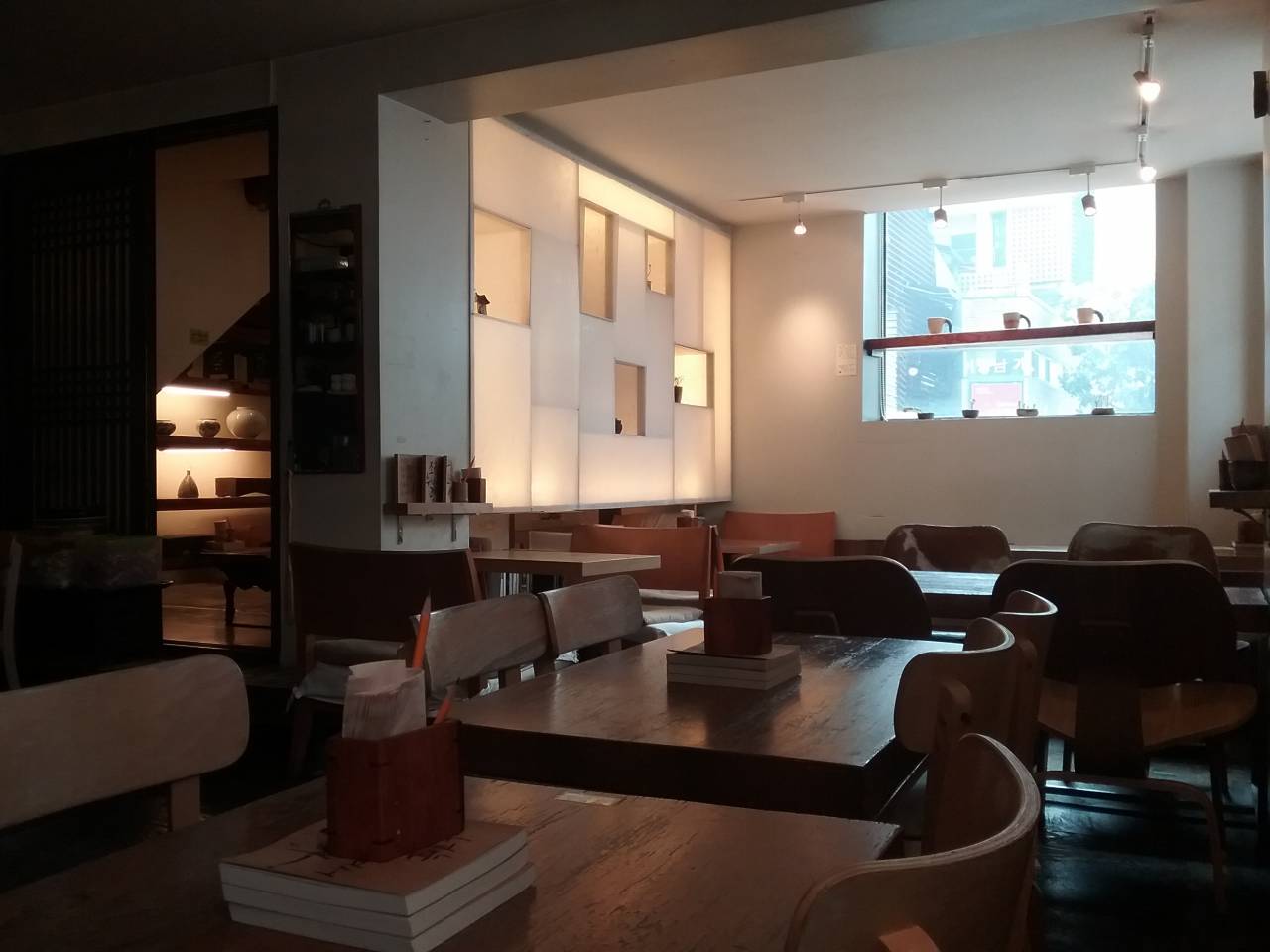
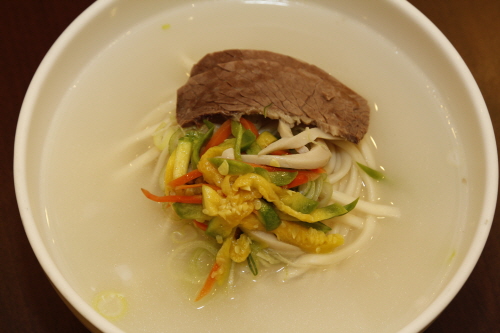
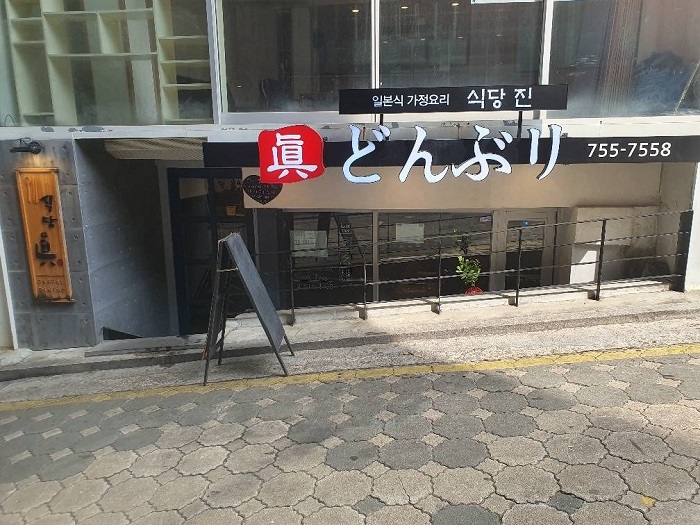

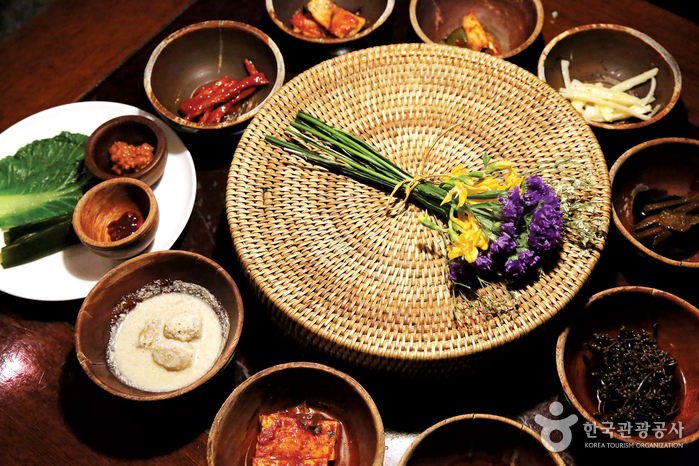
![ABC-Mart - Myeong-dong 3(sam)beon-ga [Tax Refund Shop] (ABC마트 ST명동3번가)](http://tong.visitkorea.or.kr/cms/resource/50/2878650_image2_1.jpg)
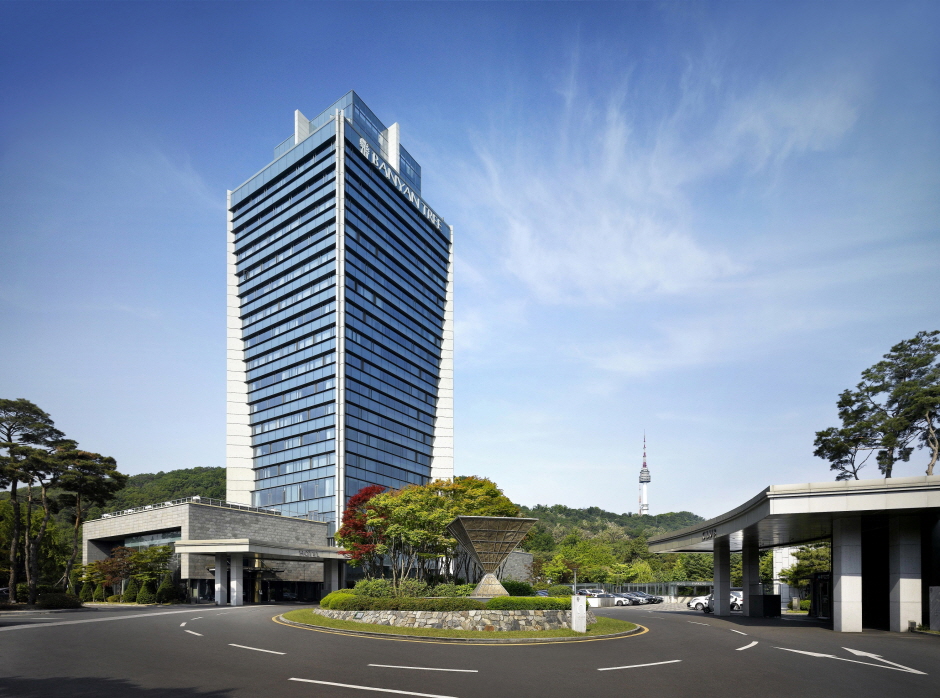
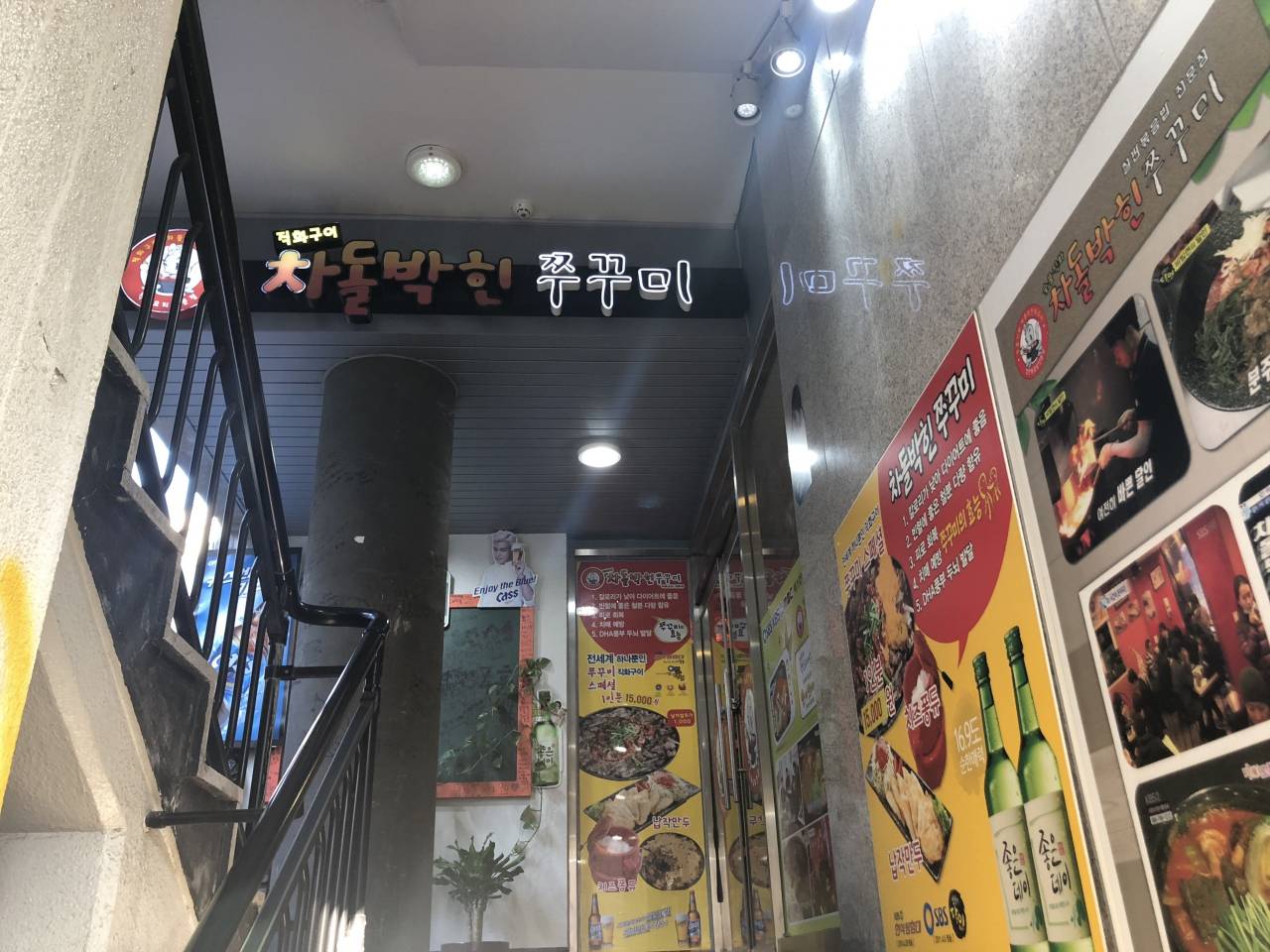
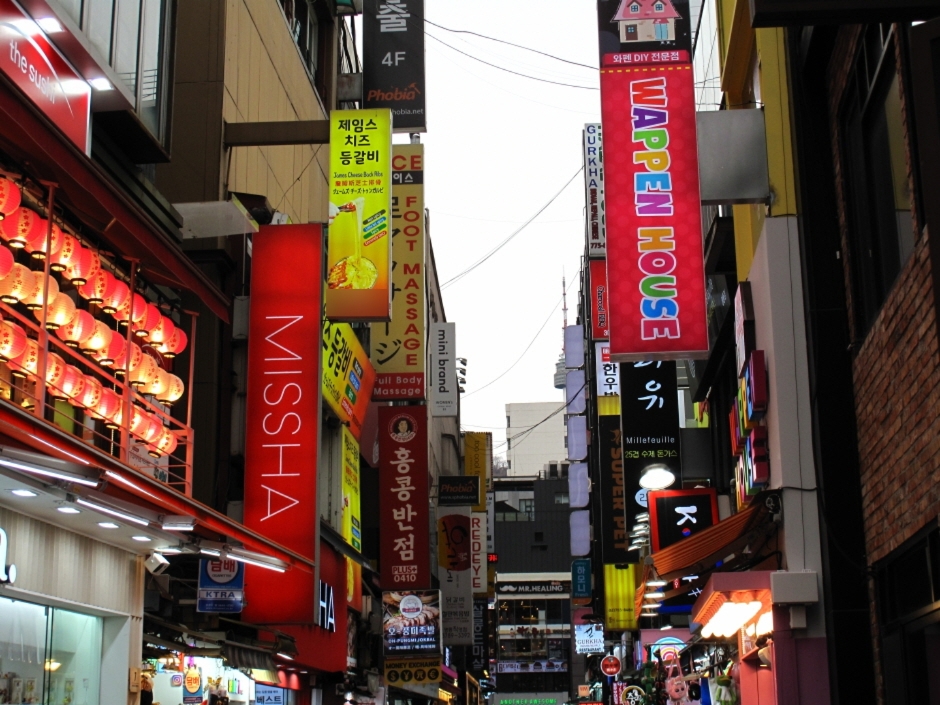
 English
English
 한국어
한국어 日本語
日本語 中文(简体)
中文(简体) Deutsch
Deutsch Français
Français Español
Español Русский
Русский